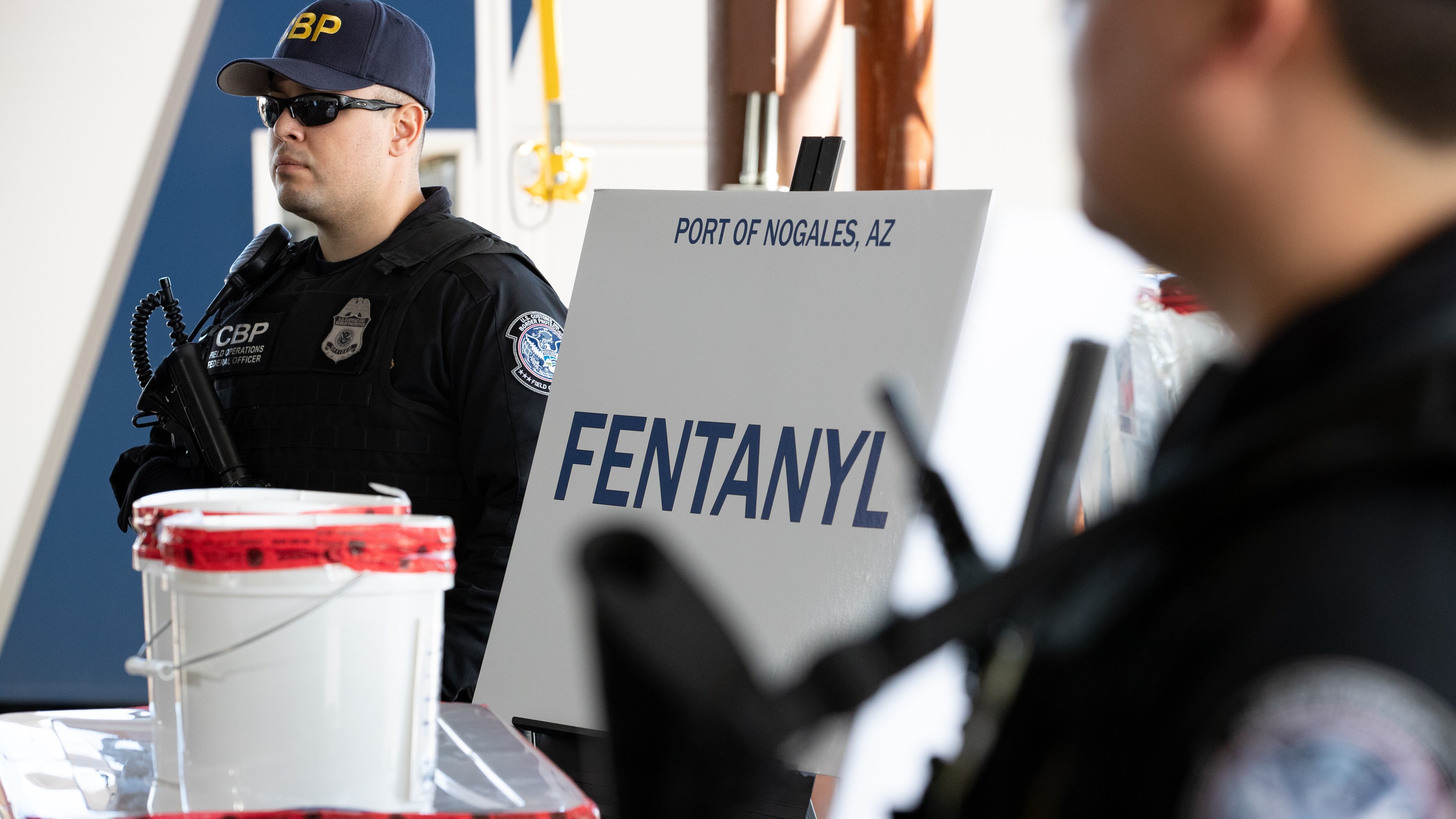U.S. Customs and Border Protection stores approximately 3,500 pounds of seized fentanyl — a synthetic opioid that can be lethal in even small doses — in its Fines, Penalties and Forfeitures Division storehouses. But according to the agency’s inspector general, CBP has not put in place the necessary protections to prevent its employees from accidentally exposing themselves to the drug.
A July 16 report cites the Office of National Drug Control Policy’s Fentanyl Safety Recommendations for First Responders, which recommends that those in danger of accidental fentanyl exposure have precautions handy to treat those exposed.
“Specifically, it suggests first responders administer naloxone according to a department’s protocols in case of exposure to fentanyl,” the report said.
“Despite these recommendations, CBP has not always made naloxone available to treat its staff in cases of exposure to opioids. During our audit, we visited seven vaults that contained fentanyl. Two of the vaults did not have naloxone, and an officer at one of the vaults had never heard of it. The other five vaults contained naloxone, but two of the five had it locked in boxes with codes. One of the two vaults containing naloxone also contained the largest recent seizure of fentanyl in CBP history. Staff had taped a piece of paper bearing the code to this vault on the wall next to the lock-box. However, when asked to open the lock-box at the other vault, staff could not open it because they could not remember the code.”
RELATED

Employees at those locations could not explain why they kept naloxone in lock boxes when the facilities themselves were already secured, according to the report, and IG investigators attributed the problem to a lack of established policy from CBP itself on handling fentanyl.
“Although some offices within CBP have proactively established their own practices for handling fentanyl, the [Seized Asset Management and Enforcement Procedures Handbook] does not currently include specific procedures for managing the substance. OFO officials stated that because fentanyl is a newer drug, it is not included in the SAMEPH. CBP last updated the SAMEPH in July 2011,” the report said.
The agency also does not require training to demonstrate that employees know the established procedures for dealing with suspected fentanyl.
According to Occupational Safety and Health Administration data compiled by the American Federation of Government Employees, CBP officers have some of the most dangerous jobs in the federal government, with 5,465 injuries and illnesses and one death in 2017.
The OIG recommended that the agency update its safety policy to ensure that naloxone is available in all CBP facilities that store fentanyl and all vehicles that transport it.
The agency agreed with the recommendations, and said that it plans to update safety training to ensure that all employees know how to use naloxone nasal spray in case of accidental exposure.
Jessie Bur covers federal IT and management.
In Other News




